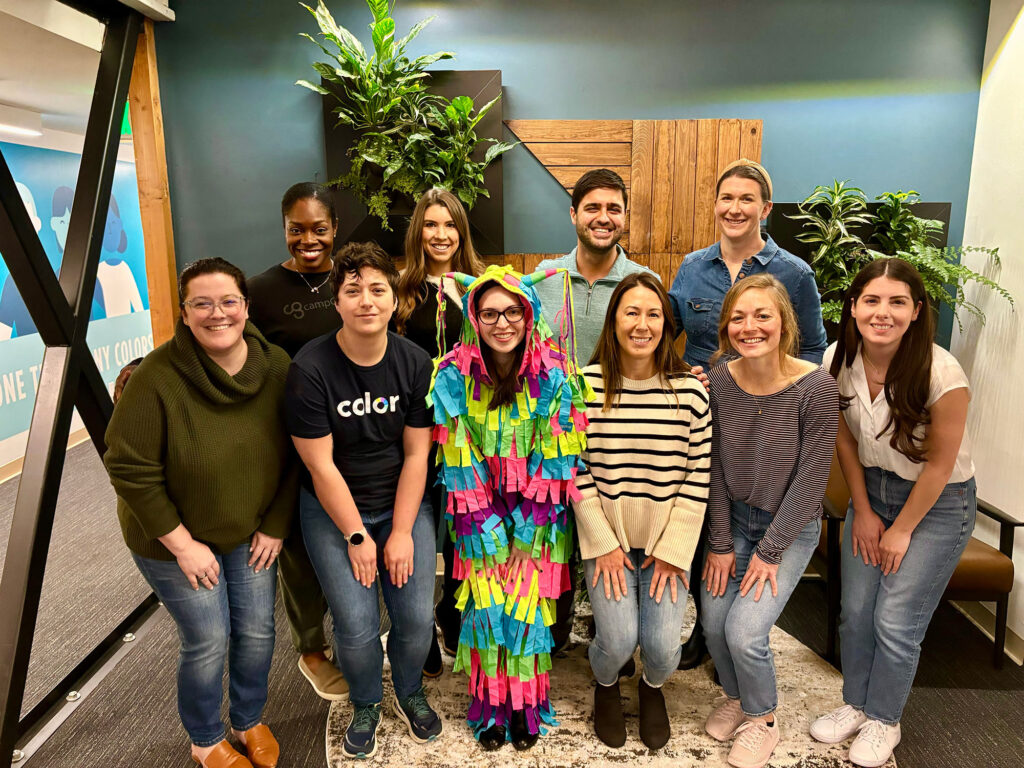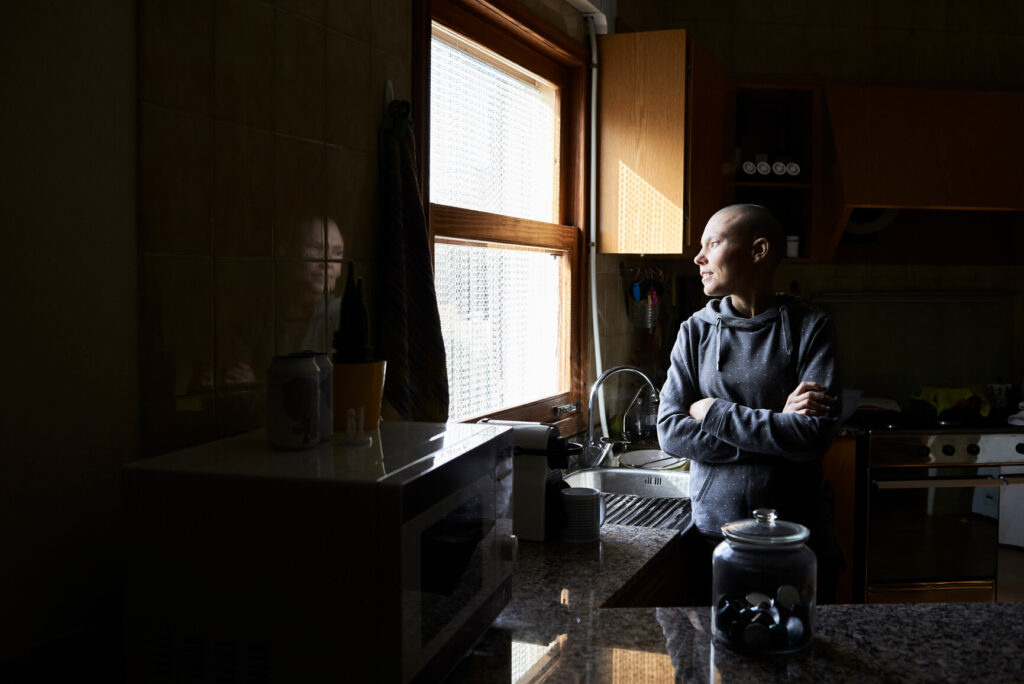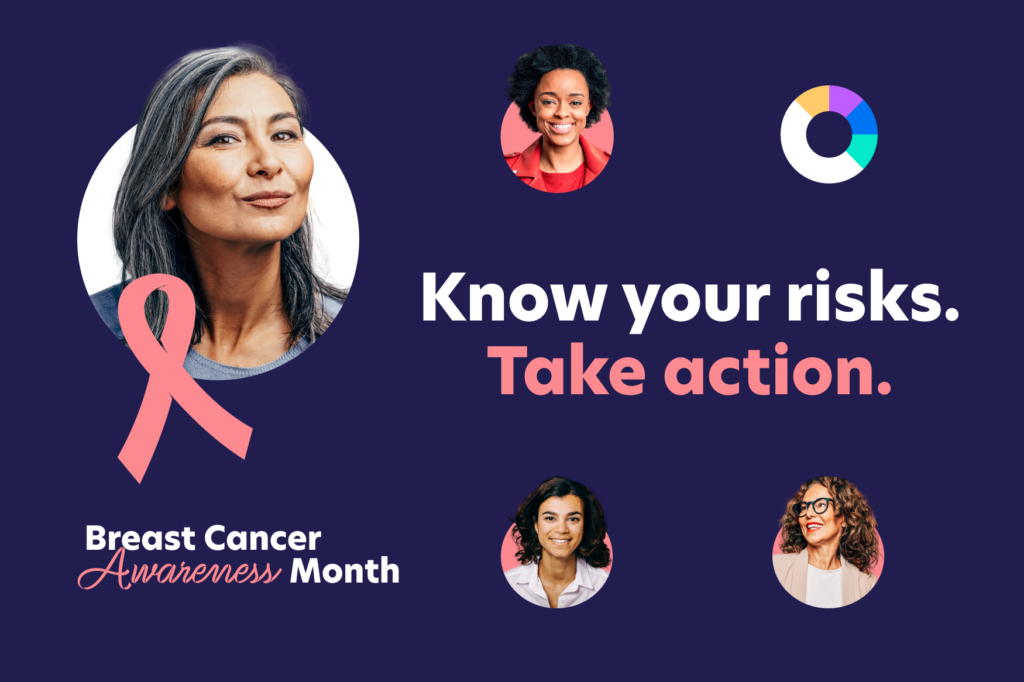News & Articles
How genetic testing saved my life and brought me to Color
Parul Somani
Note: Parul Somani is an employee at Color. Here is her story of what led her to join Color to help others.
I was 38 weeks pregnant when I felt the lump. I could only feel it lying down, but it felt somewhat hard, shaped like a small pea. I was only 31 years old and the doctors didn’t seem too worried:
“You’re so young.”
“Lumpiness is common during pregnancy.”
“It’s likely just a clogged milk duct.”
On top of that, when my water broke early and my daughter experienced complications after her c-section delivery, there was plenty to distract us. Nonetheless, my husband and I insisted on an ultrasound and biopsy. I was still unable to walk from my c-section, so my husband wheel-chaired me in my hospital gown from the NICU to the breast clinic. Once again, we were told it was likely nothing to worry about.
But we knew my risk profile, because two years earlier, I had gotten genetic testing done. I learned that I carry a mutation in the BRCA1 gene, which meant I had a very high risk of developing breast cancer in my lifetime (~80% vs. ~10% for the average woman). I began getting regular MRIs and mammograms, something I wouldn’t have qualified for without my genetic test results. My previous scans had all been clear, but I’d had to skip my last one due to the pregnancy. So, armed with my genetic test results and a heightened awareness of my risk, we pushed aside explanations and rationalizations for the lump, and my doctors proceeded with a biopsy.
It was my newborn’s 1-week birthday when I received my breast cancer diagnosis. It was an aggressive, high-grade form of breast cancer, but thankfully, we caught it at an early stage. I think back to all the reasons we had to dismiss our concerns and wonder how different my life story would have been had I not gotten a biopsy when I did. In fact, once my milk came in a few days after the delivery, I could no longer even feel the lump. I truly believe genetic testing, and the knowledge it gave me, saved my life.
The months that followed the diagnosis were a difficult time. There were weeks of uncertainty and anxiety, followed by many rounds of chemotherapy and multiple surgeries that dominated what was supposed to be “maternity leave.” As if the side effects and hair loss weren’t enough, the nagging feeling that my newborn did not know her mother was heartbreaking.
From the darkness, however, emerged many stars. An outpouring of love and support from family and friends, near and far. A realized love for writing through the CancerAt31 blog I maintained to share my experience and document my journey for my daughters. An incredible story of how my cancer diagnosis unexpectedly led to my father having his hearing restored after 25+ years of hearing loss. And finally, a new perspective on silver linings and what I have to be thankful for, to fight for, and ultimately, to live for.
What I did not expect, however, was just how well the dots would connect over time. Two years after my cancer journey, I came across Color. Learning about Color’s mission-oriented culture and their desire to provide widespread access to genetic testing for hereditary cancer risk, I could not imagine a mission I could be more passionate about. I knew that Color would be a unique opportunity for me to turn a personal passion into a profession, and I consider myself so fortunate to have joined the team earlier this year.
Genetic testing played an integral role in not just my cancer journey, but my entire life story. I’m thrilled that my work for Color today could help provide others with access to this invaluable information, and hopefully, help shape survivor stories for others as well.
Learn more about the team we’re building and join us!



